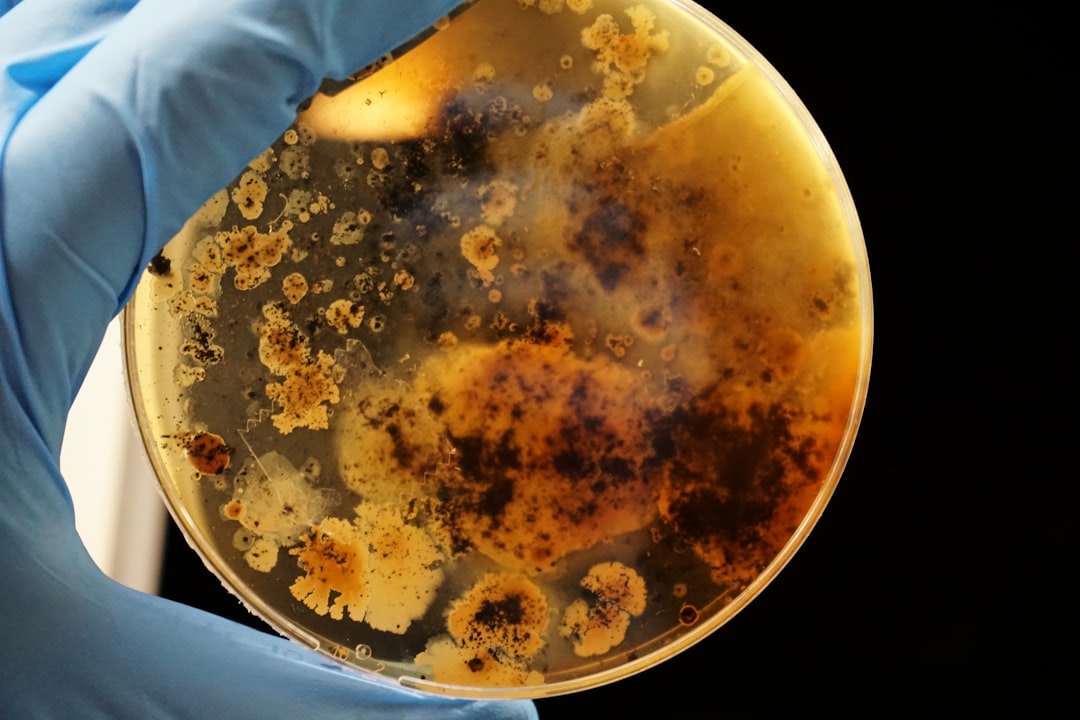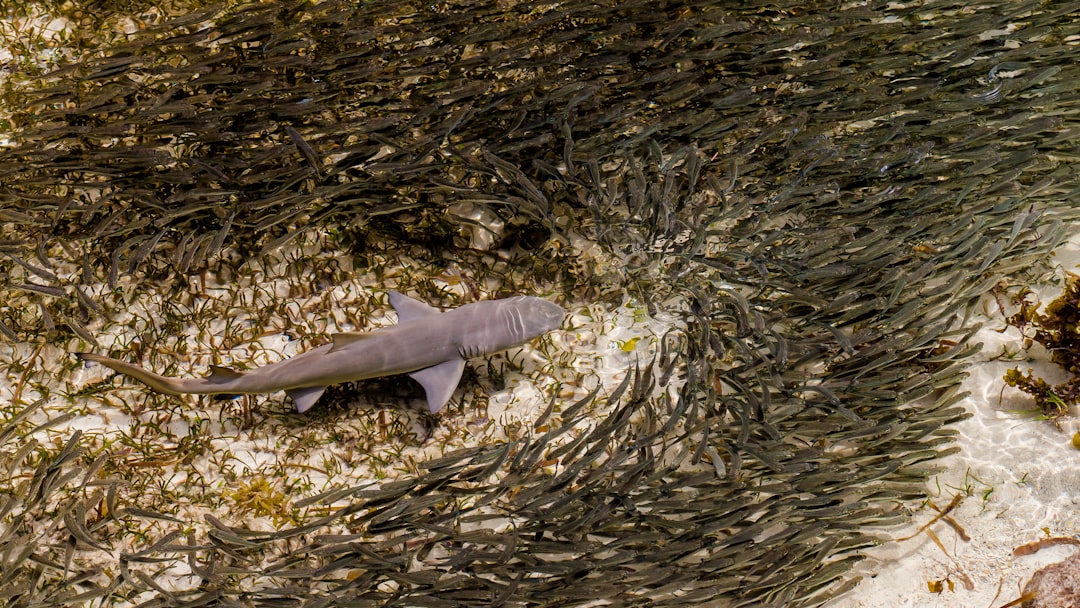What is it about?
Herein, we report the design of lignin-derived multifunctional bioadditives (TP-g-lignin) with tunable chemical compositions through graft polymerization of a phosphorus-/nitrogen-containing vinyl monomer (TP). Our results show that the incorporation of 5.0 wt % of TP-g-lignin (at a lignin-to-TP ratio of 1:4 by mass) enables PLA to achieve a desirable flame retardancy rating meeting the UL-94 V-0 industrial standard requirements. Meanwhile, the final PLA composite exhibits an exceptional UV-shielding capability. Moreover, with 5.0 wt % of the bio-derived additive, the elastic modulus of PLA is increased by ∼26%, while mechanical strength is fully retained due to engineered favorable interfaces.
Featured Image

Photo by Yaoqi on Unsplash
Why is it important?
From a perspective of sustainable development and practical applications, there has been a great need for the design of advanced polylactide (PLA) biocomposites that are flame-retardant, ultraviolet (UV)-resistant, and mechanically strong by using biomass-derived additives. Unfortunately, the achievement of a desirable performance portfolio remains unsatisfactory because of improper design strategies. This work offers an innovative and sustainable strategy for creating bio-based multifunctional additives by using industrial lignin waste and further the application of PLA in the areas of packaging, fabrics, electronics, automobiles, etc.
Perspectives
This work offers an innovative and sustainable strategy for creating bio-based multifunctional additives by using industrial lignin waste and further the application of PLA in the areas of packaging, fabrics, electronics, automobiles, etc.
Dr Pratheep K Annamalai
University of Queensland
Read the Original
This page is a summary of: Molecularly Engineered Lignin-Derived Additives Enable Fire-Retardant, UV-Shielding, and Mechanically Strong Polylactide Biocomposites, Biomacromolecules, February 2021, American Chemical Society (ACS),
DOI: 10.1021/acs.biomac.0c01656.
You can read the full text:
Contributors
The following have contributed to this page










